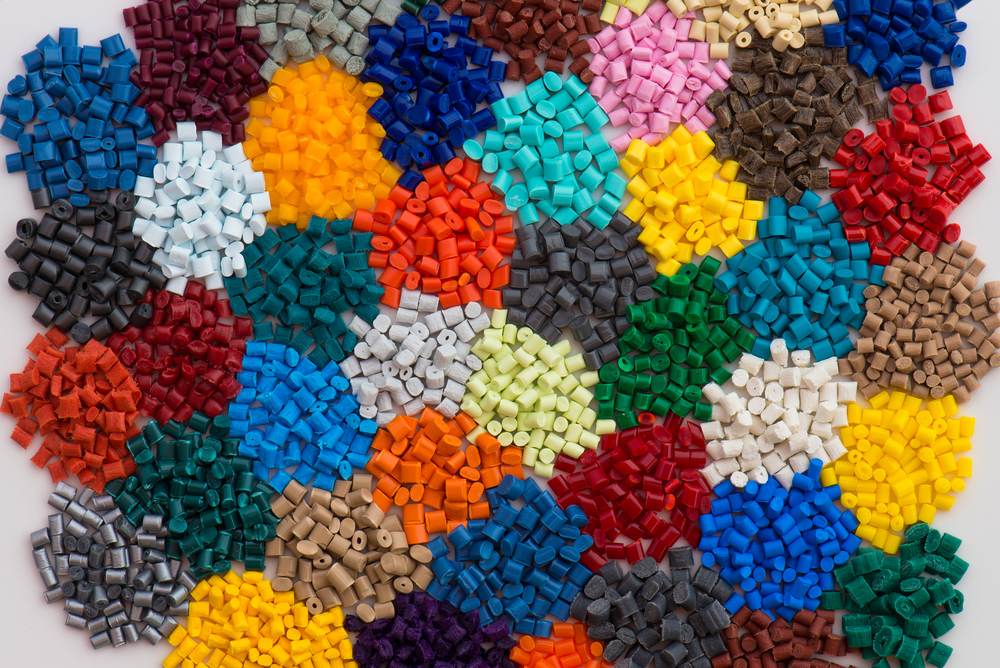New type of plastic is a recycling dream
These plastics can easily be disassembled to chemical building blocks.
Recycling sounds great in principle (because it is), but a frustrating number of devils lurk in the details. For example, while some materials like aluminum can readily be melted down and turned right back into new aluminum cans, recovered plastics tend to be lower quality than “virgin” material. That’s because recycled plastic retains some of its previous properties—like Lego bricks that can’t be separated. The next plastic you make won’t be exactly the same type, and the recycled material won’t fit perfectly into its new spot.
To improve this situation, plastics engineers want to create new materials that can cleanly and easily break down to the most basic components—individual Lego bricks that can be reassembled into absolutely anything. The difficulty of this task is increased by all the pigments, flame retardants, and other additives used in plastics. But a group led by Lawrence Berkeley National Laboratory’s Peter Christensen has developed a new plastics process that conquers these challenges.
The basic building block of a plastic is called a “monomer”—connect monomers together and you create “polymers” with the useful physical properties you’re after. In this case, the researchers are using triketones and amines as building-block monomers. The process for putting them together sounds like minor sorcery (as chemistry often does): combining chemical ingredients causes different building blocks to form, which then spontaneously assemble.
The real trick is how these “diketoenamine bonds” come apart. For most plastics, the energy required to separate the blocks is large, making the building process largely irreversible. This is why different types of plastic are generally simply melted down and used to make something of the same type again. But in this case, the bonds between the blocks can be easily broken by strong acid, producing monomers that are no different from when you started.
The researchers demonstrated how well the recycling process works with a few examples. First, they colored pieces of plastic with different pigments, mixing in carbon nanofibers, to boot. After breaking apart the polymer in acid, they were able to easily extract the monomers, leaving behind all the pigments and nanofibers.
In another example, they constructed a flame-retardant plastic built on woven fiberglass—like a tarp. Soaking this in strong acid removed the plastic without damaging the fiberglass weave. Another chemical step recovered one pile of pure monomer powder and other piles of the flame-retardant additive.
The researchers also tested the physical properties of their “fresh” plastics by remaking them with recycled monomers. The results were good, with no change in their function. They also used recycled monomers to make different plastics, confirming that the building blocks were ready to be something new.
The fact that these materials are recycled using strong acids rather than high temperatures even opens up the possibility of extracting them from unsorted collections of plastics. Traditional plastics aren’t affected, so these plastics could be dissolved out and collected while the traditional ones survive intact.
This type of advance illustrates the possibilities that could help “close the loop” on plastics, transforming them into materials with a near-infinite usable life rather than the single-use, disposable nightmare they can also be. One way to improve the economics and logistics of recycling is to simply make things that are much easier to recycle.

